For millennia, big cats have fascinated humans with their grace, power, and unparalleled hunting skills. While their physical prowess is well-documented, one lesser-known but equally fascinating aspect of their hunting toolkit is their keen sense of smell. This sense plays a crucial role in their survival, guiding them in their search for food. Today, we delve into the olfactory world of these apex predators and discover how they use this powerful sense to hunt with precision.
Understanding the Anatomy of Smell in Big Cats
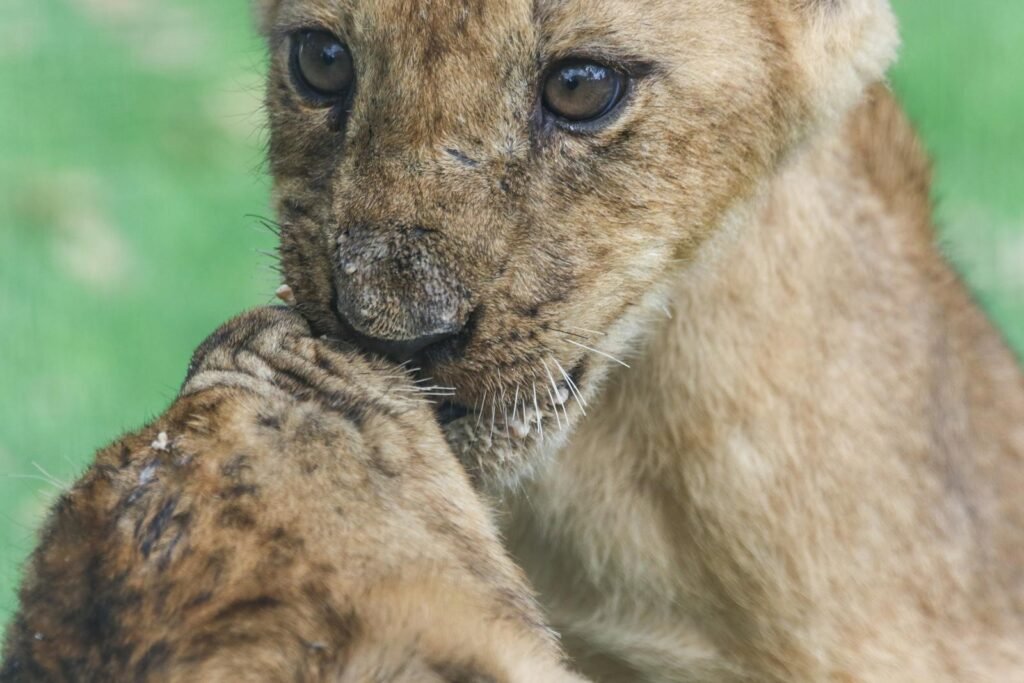
The sense of smell in big cats is intricately linked to their survival. Their olfactory system is highly developed, much like that of domestic cats, but significantly more refined. Big cats possess a vomeronasal organ, or Jacobson’s organ, located in the roof of their mouths. This organ is especially adept at detecting pheromones and other scent particles in the air, which conveys crucial information about potential prey and rivals in their territory.
The Role of Smell in the Wild
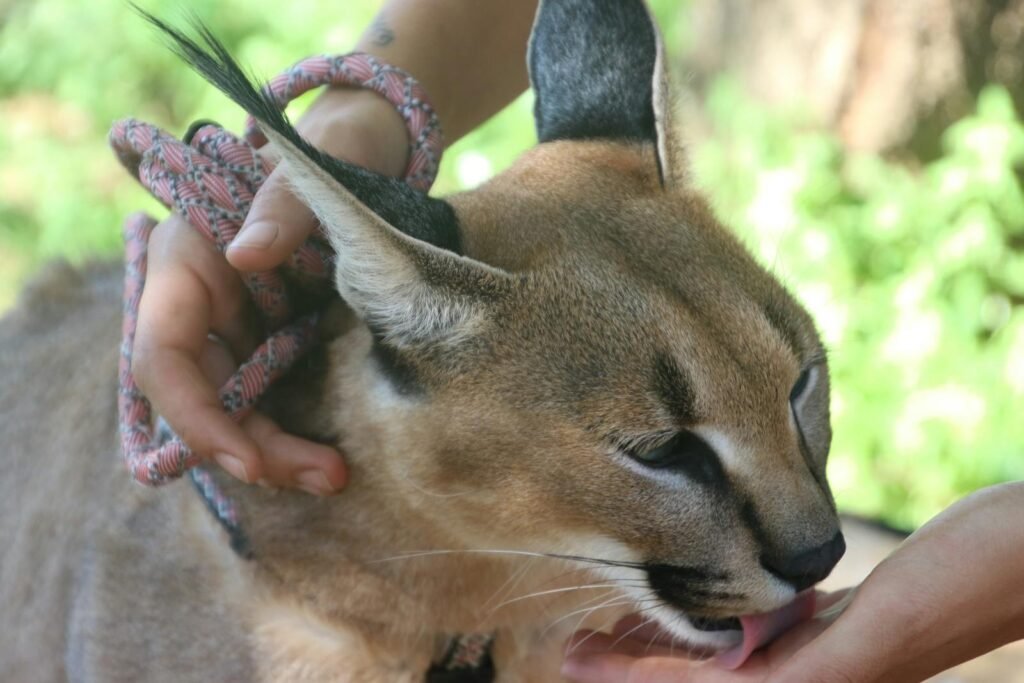
In the wild, the ability to detect smells over long distances is essential. Big cats often hunt in dense jungles, savannas, and forests, where sight and sound alone cannot always identify potential prey. Their acute sense of smell allows them to sense the presence of prey that might be hidden from view. This can mean the difference between a successful hunt and going hungry.
The Flehmen Response
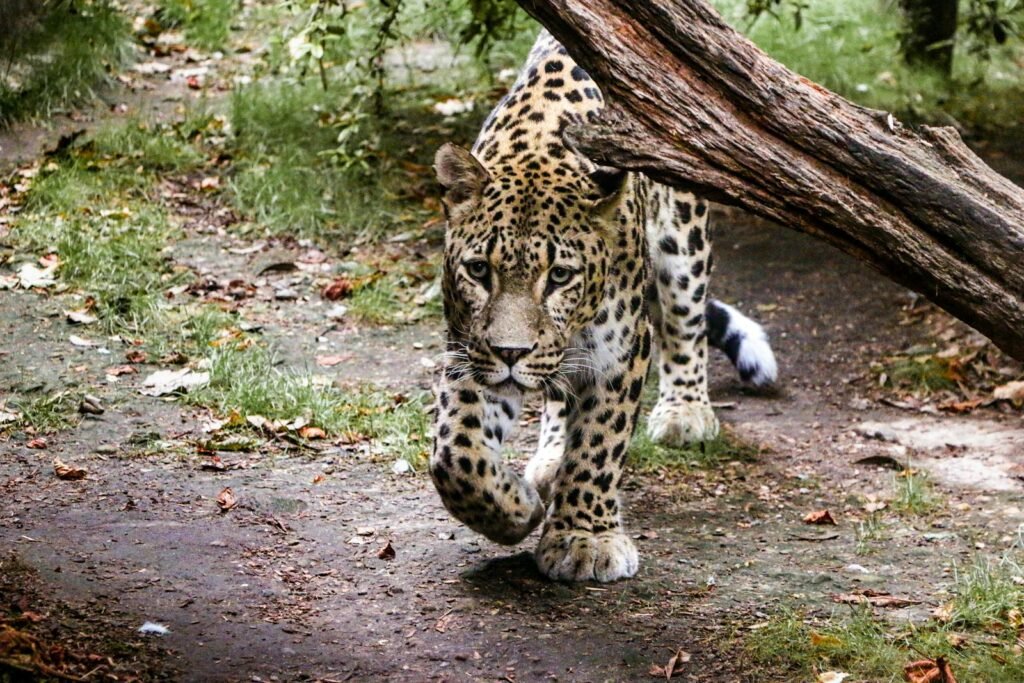
When a big cat encounters an interesting scent, it often displays the Flehmen response, wherein the animal curls back its lips, opens its mouth, and inhales deeply. This behavior is typically used to draw scents into the vomeronasal organ, helping the cat better analyze the scent’s origin and significance. This is particularly useful for detecting pheromones, which can indicate the presence of other cats or potential prey in the area.
Smell Tracking and Stalking Prey
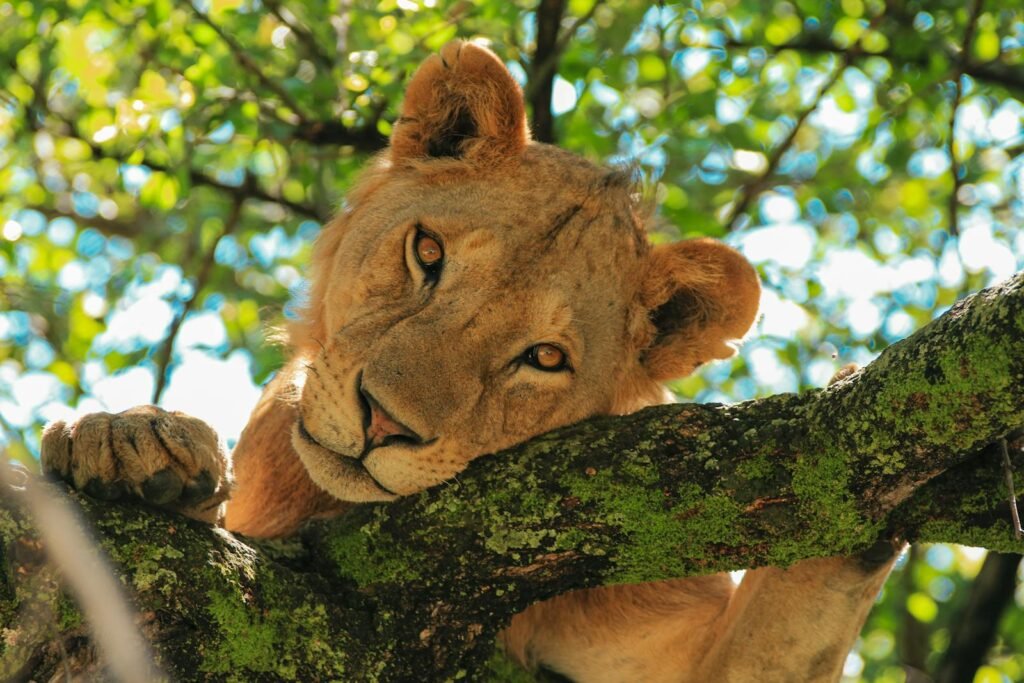
Big cats use their sense of smell to track and locate prey. They are capable of picking up subtle scent trails left by animals, which can lead them directly to their targets. Once they’ve identified a promising scent, they employ their stealth and patience, moving quietly and quickly to get as close as possible before launching their attack.
Navigating Territory
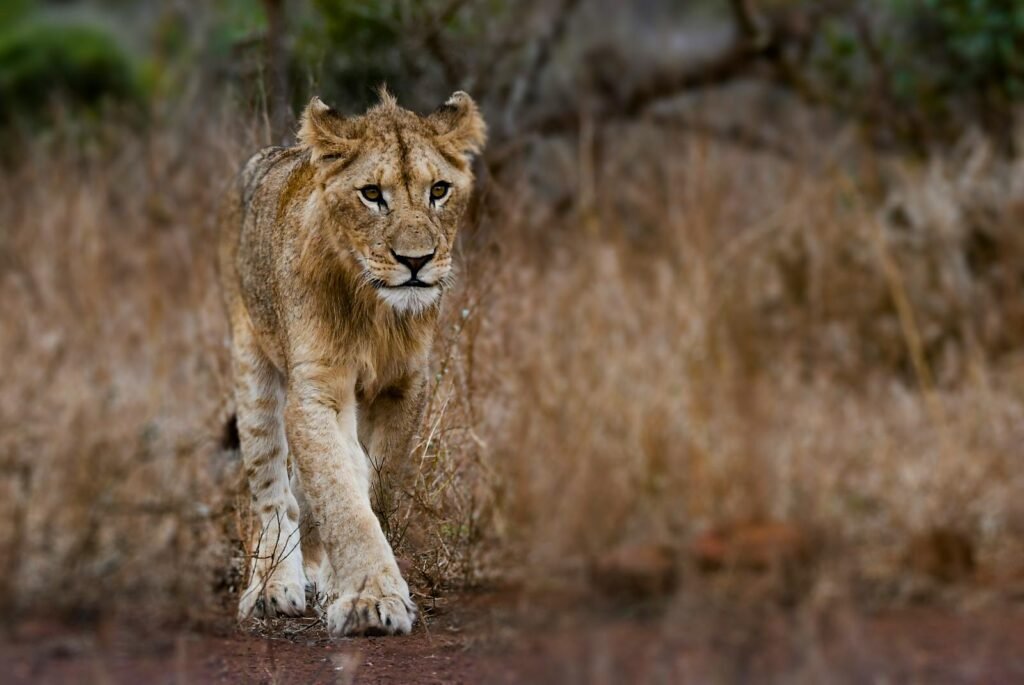
Big cats also rely on their sense of smell to navigate their territory. By recognizing the scents left by their own scent marks and those of other animals, they can avoid potential conflicts, locate favorable hunting grounds, and gauge the presence of competitors or potential mates. This olfactory map is crucial for maintaining the delicate balance of power within their ecosystems.
Interpreting Pheromones and Chemical Signals
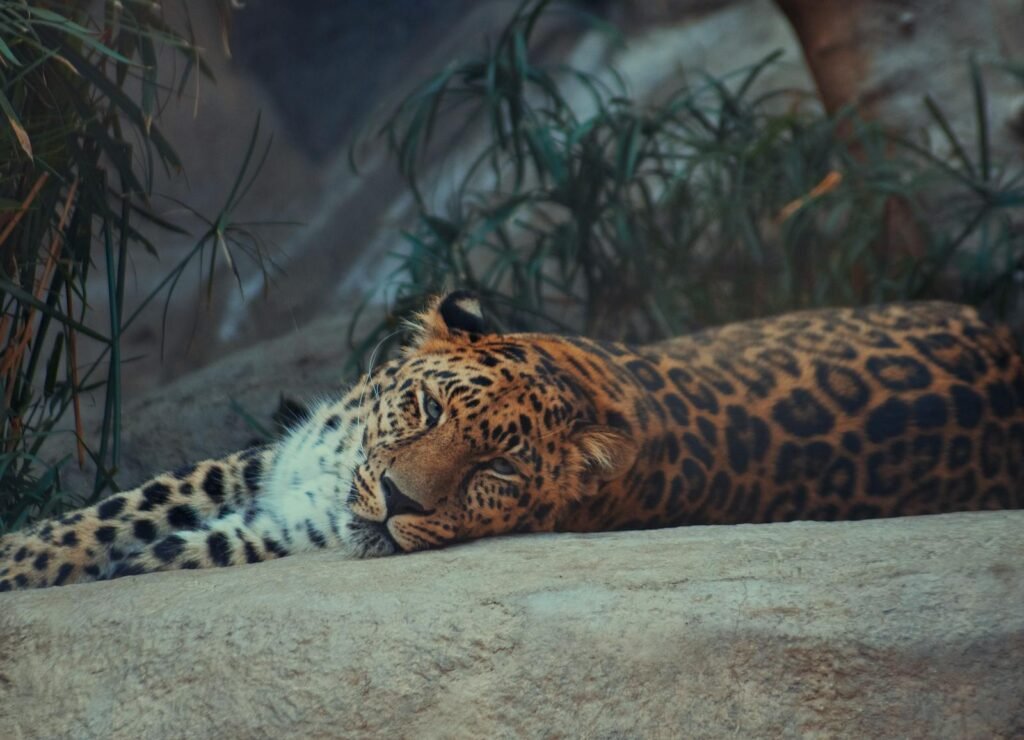
Pheromones play a major role in the social lives of big cats. The detection and interpretation of these chemical signals can provide information about another cat’s reproductive status, territory, and even emotional state. This knowledge can influence whether a big cat decides to engage in a territorial dispute, seek out a mate, or stay clear of danger.
Olfactory Instincts in Motherhood
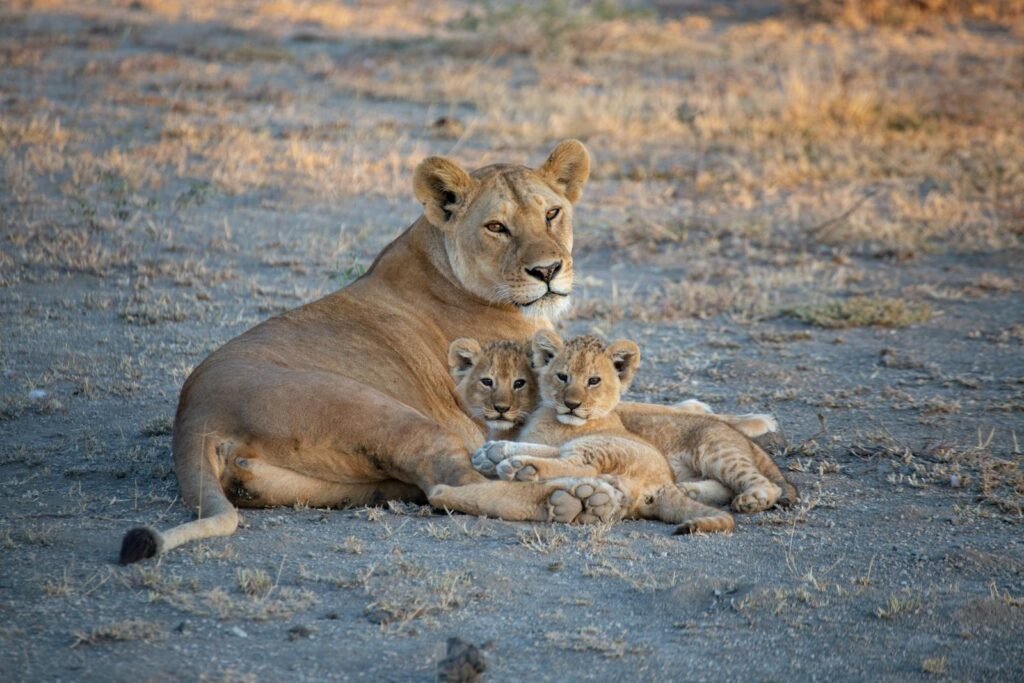
For big cat mothers, smell is a vital part of raising their young. A mother can identify her cubs among many by their unique scent. This ability ensures that she takes care of her offspring, which is essential for the continuation of her genes. Moreover, she uses her sense of smell to detect impending danger, safeguarding her cubs from potential threats.
Adapting to Changing Environments
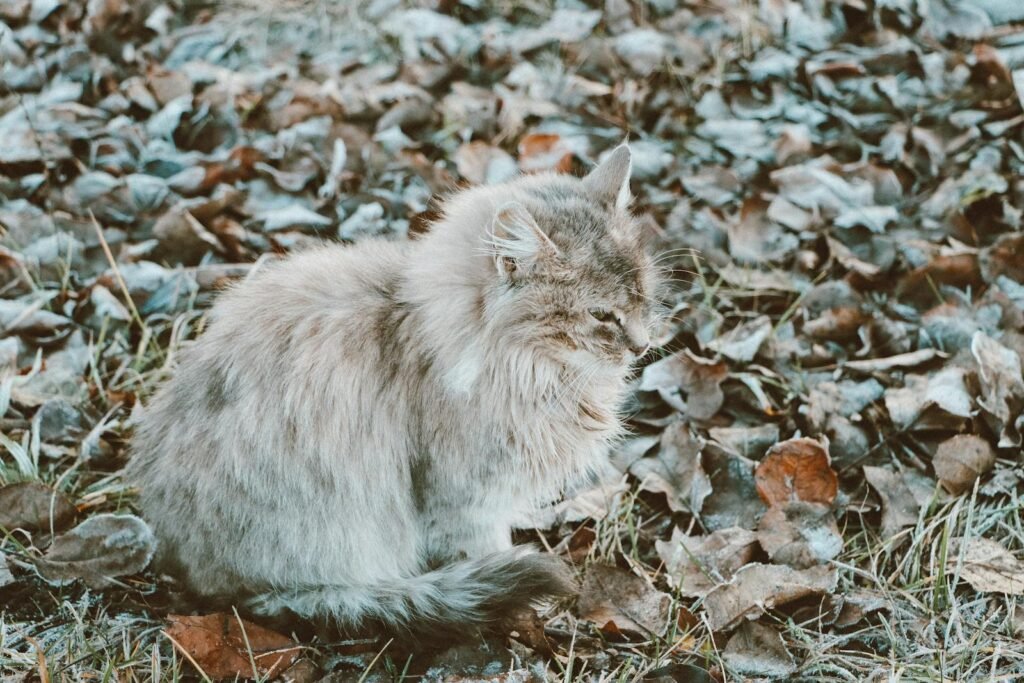
With habitats rapidly changing due to human activity, big cats must adapt to new challenges. Their sense of smell can help them adjust by locating new sources of prey and recognizing signs of human encroachment. This adaptability is key to their survival in an ever-changing world.
Hybrid Species and Olfactory Differences
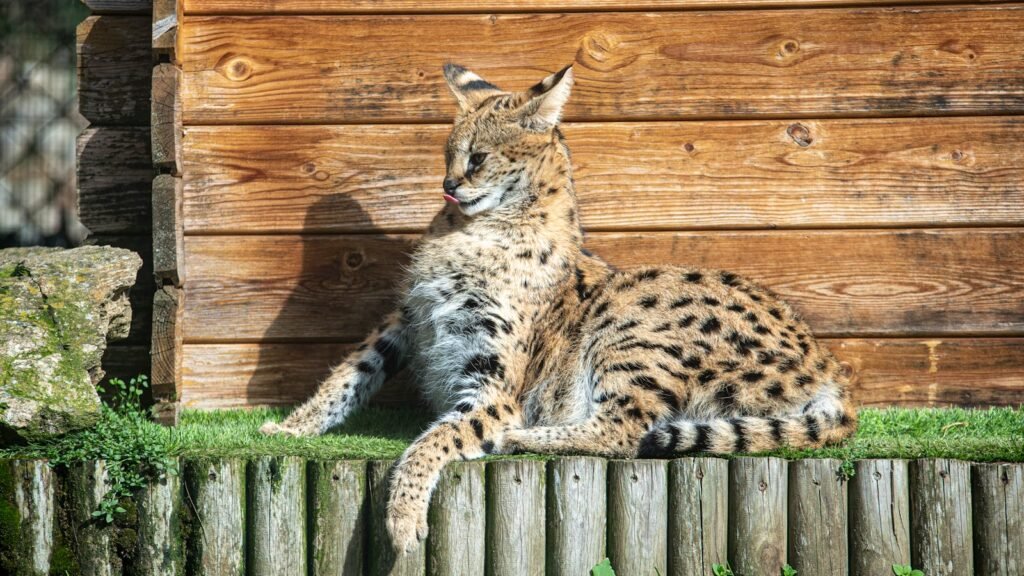
In captivity, hybrid species such as ligers or tigons may exhibit variations in their sense of smell compared to purebred species. These differences can influence their behavior and hunting capabilities, offering unique insights into the adaptability and evolution of big cat species regarding their olfactory senses.
Conclusion
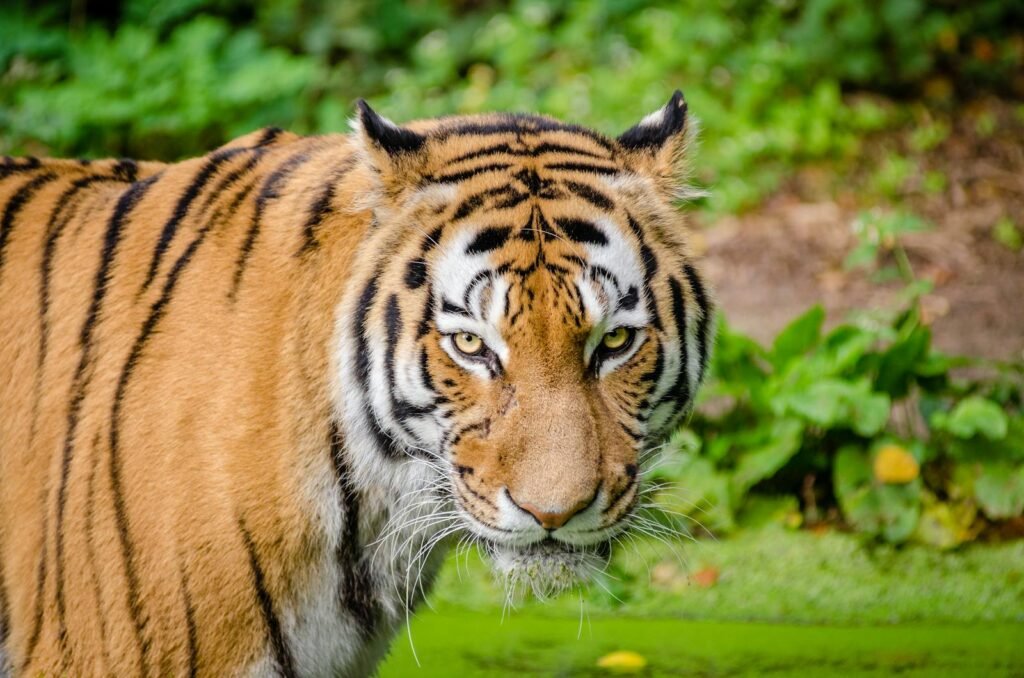
While sight and hearing are important tools in a big cat’s arsenal, their sense of smell is a critical, often underappreciated element of their hunting strategy. It allows them to interpret their environment in ways humans cannot even fathom and is an essential adaptation for survival. As we continue to learn more about these majestic creatures, their olfactory capabilities remind us of the complex and fascinating nature of evolution in enhancing predatory skills. Understanding and appreciating these abilities can foster a deeper respect and commitment to the conservation of these magnificent predators.

Suhail Ahmed is a passionate digital professional and nature enthusiast with over 8 years of experience in content strategy, SEO, web development, and digital operations. Alongside his freelance journey, Suhail actively contributes to nature and wildlife platforms like Feline Fam, where he channels his curiosity for the Feline into engaging, educational storytelling.
With a strong background in managing digital ecosystems — from ecommerce stores and WordPress websites to social media and automation — Suhail merges technical precision with creative insight. His content reflects a rare balance: SEO-friendly yet deeply human, data-informed yet emotionally resonant.
Driven by a love for discovery and storytelling, Suhail believes in using digital platforms to amplify causes that matter — especially those protecting Earth’s biodiversity and inspiring sustainable living. Whether he’s managing online projects or crafting wildlife content, his goal remains the same: to inform, inspire, and leave a positive digital footprint.






